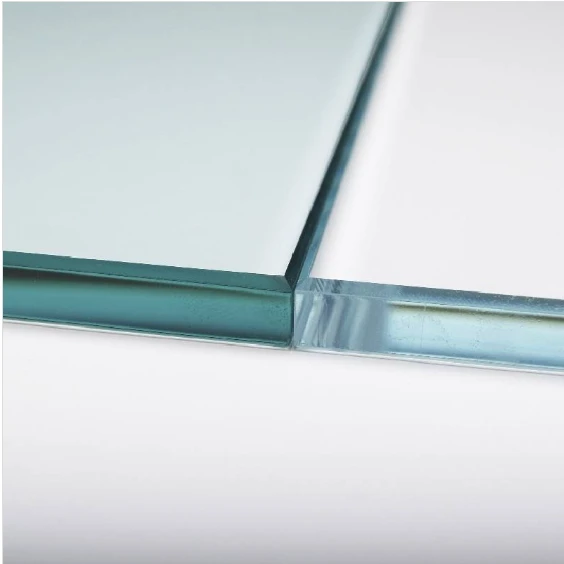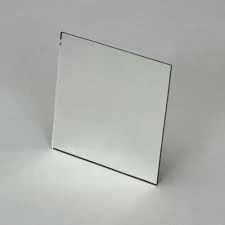Aged mirror glass, a timeless enhancement to interior spaces, carries a unique charm and sophistication that modern mirrors often lack. It combines traditional craftsmanship with contemporary aesthetics, making it a popular choice among interior designers and homeowners who seek to imbue their spaces with character and depth. Its distinctive appearance stems from the way it mimics the natural aging process of glass, featuring patterns and discolorations that evoke a sense of history and mystery.

The craftsmanship of creating aged mirror glass involves a meticulous process that cannot be rushed. Skilled artisans typically start with a piece of clear or tinted mirror glass, which becomes the canvas for age-inducing treatments. These treatments may include the application of various chemical solutions, such as silvering agents or oxidation compounds, to artificially replicate years of wear and tear. This careful attention to detail ensures that each piece is unique, echoing the individuality of mirrors aged naturally over decade-long periods.
Incorporating aged mirror glass into interior design projects is not merely about embracing an antique look; it is about enhancing the ambiance. It reflects light in a way that diffuses brilliance softly, reducing glare and creating a warm, inviting atmosphere. This type of glass is versatile, suitable for numerous applications including wall panels, furniture inlays, and even in modern sculpture. Its adaptability makes it a favorite among designers who wish to introduce elements of elegance and sophistication into contemporary as well as traditional spaces.

Aged mirror glass also complements a wide range of materials and finishes. It works seamlessly with wood, metal, or stone, making it an ideal component in various design styles—from opulent baroque to sleek industrial chic. The visual layers and textures it introduces can enliven a minimalist space or enhance the complexity of an ornate setting, demonstrating its utility in diverse stylistic contexts.
From a practical perspective, aged mirror glass does more than elevate aesthetic appeal; it serves functional purposes too. It can add depth and dimension to smaller rooms, giving an illusion of expanded space. When used in strategic locations, such as opposite windows or adjacent to light fixtures, it maximizes natural light, fostering a more open and airy environment.
aged mirror glass
Beyond its physical attributes, aged mirror glass holds significant historical and cultural value. Historically, mirrors were luxury objects, reflecting not just images but the status and wealth of their owners. Today, opting for aged mirror glass can be seen as a nod to this rich history, blending the past's elegance with today's design sensibilities. When incorporating these elements, designers and homeowners alike become part of a long-standing tradition, adding layers of meaning to their spaces.
In terms of authority and trust, aged mirror glass is produced by reputable manufacturers who prioritize quality and authenticity. These manufacturers not only offer standard pieces but also provide custom solutions tailored to specific design needs, ensuring both historical accuracy and modern-day relevance. Their expertise guarantees that the glass will not only meet aesthetic expectations but also conform to safety and durability standards. This attention to detail and quality control fosters trust and reassures customers that their investment will stand the test of time.
Moreover, the environmental implications of using aged mirror glass align with sustainable design practices. Many providers employ environmentally friendly methods for their antiquing processes and sourcing of materials, emphasizing the reduced impact on ecological systems. By choosing aged mirror glass, consumers partake in the growing commitment to environmentally responsible choices in the pursuit of beauty.
In summary, aged mirror glass is not simply an accessory but a multifaceted design element that enriches spaces through its blend of history, art, and function. Its enduring appeal lies in its ability to transform mundane environments into extraordinary experiences, bridging the gap between past and present, while promising timeless elegance and sophistication.



